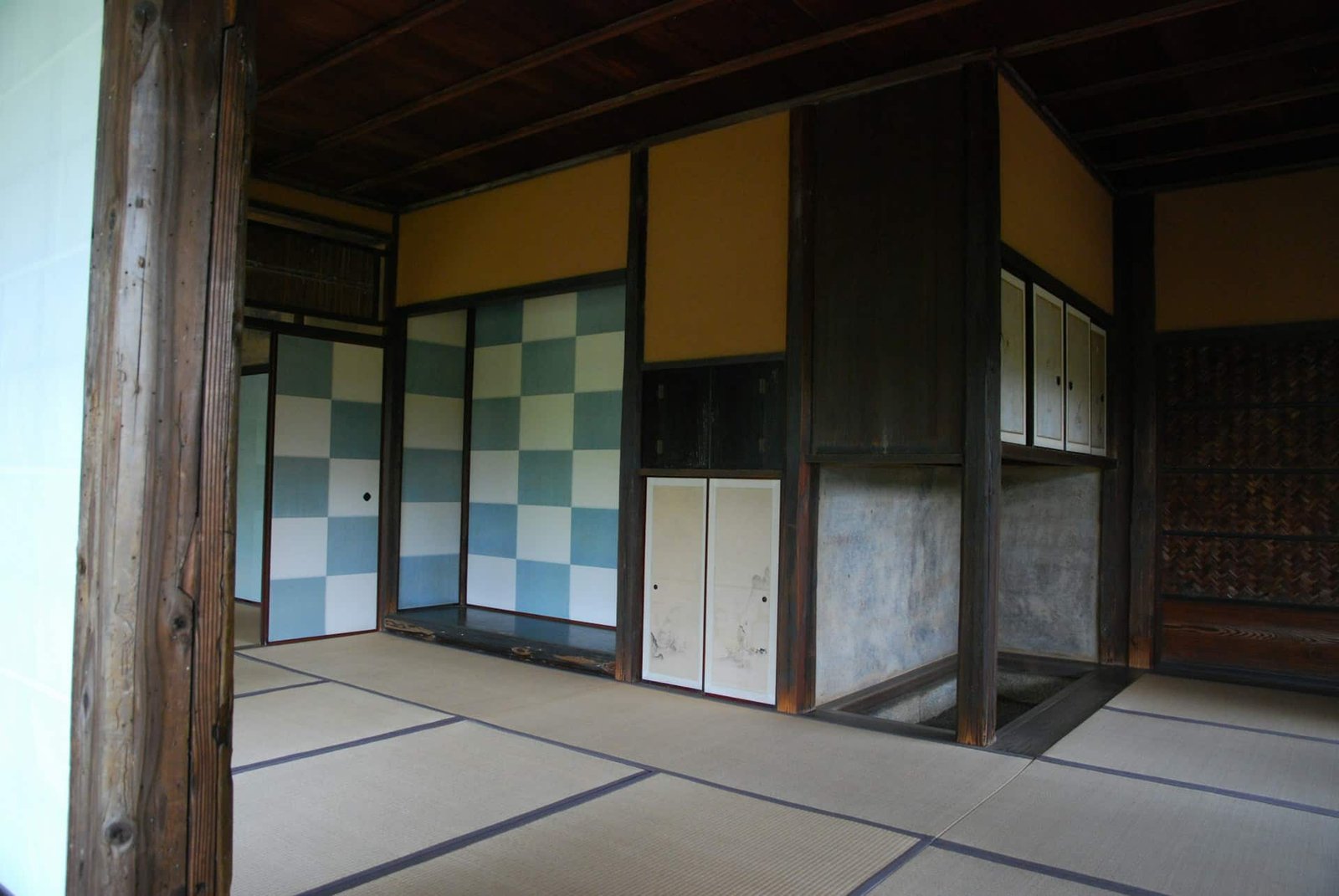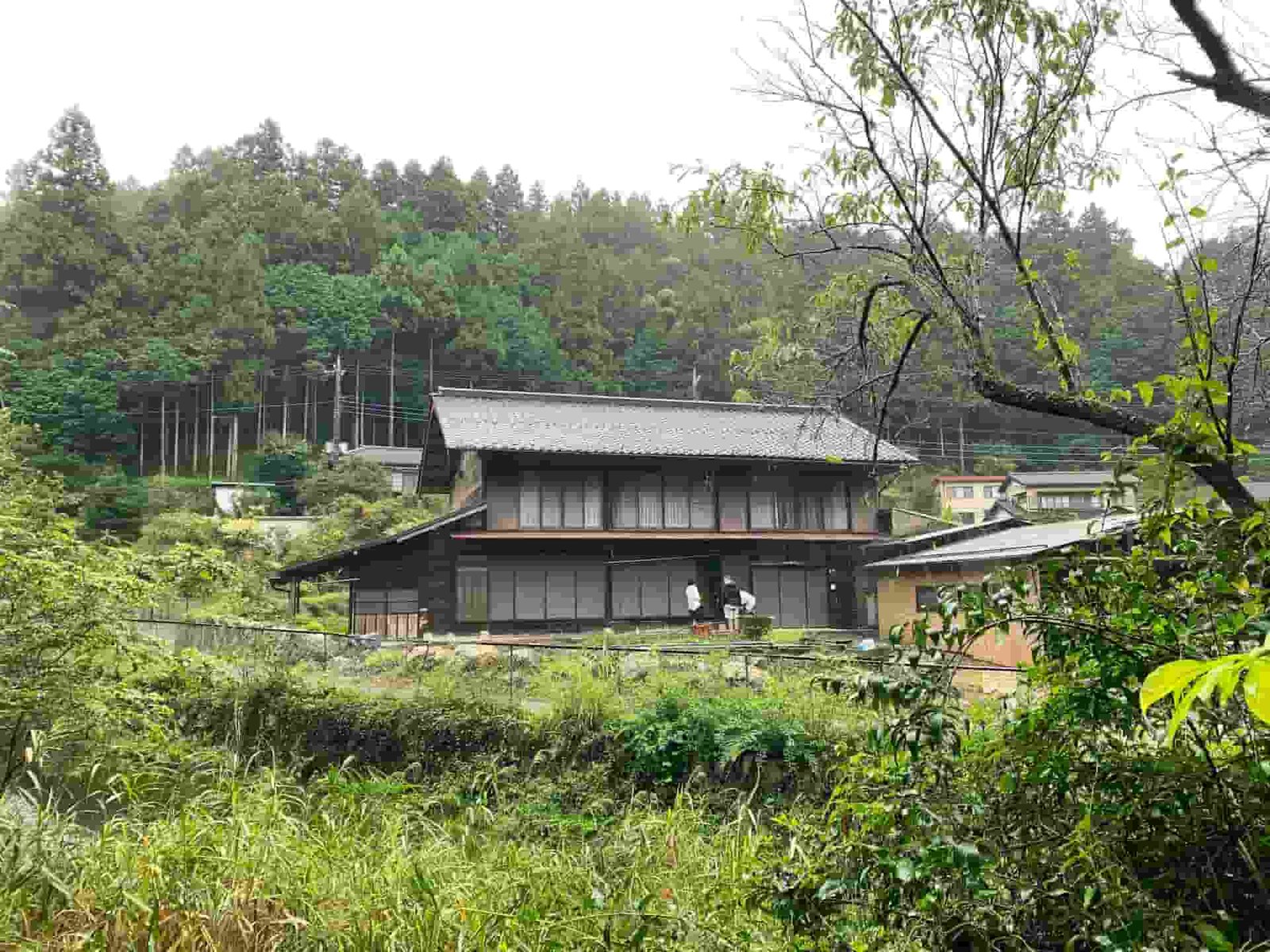Japan’s Nine Million Empty “Akiya “ Homes
Japan’s akiya (vacant homes) have gone from rural curiosity to a nationwide reality.
But how did we get to the staggering numbers – and where does Japan go from here?
Tokyo’s cityscape is a continually changing tableau of buildings. Whenever someone buys a property, they often start by demolishing the existing house. A few months later, a new house stands ready for the inhabitants to move into.
However, some buildings take an opposite trajectory. They sit for years on end in their plots, slowly being devoured by vines and plants, until they resemble something out of a fairy tale. This phenomenon plays out even in our, relatively fancy, neighbourhood.
These houses are known as akiya (空き家), loosely meaning vacant homes. While mainly a rural phenomenon, there are increasing examples in major cities, adding to the millions of akiya across Japan.
But why are there so many?
The definition and numbers of akiya
Lags in reporting, definition issues, and other factors make it difficult to put an exact figure on the number of akiya. That said, 2023 figures, reported by major news outlets, estimated that Japan had about 9 million vacant homes. The figure equals roughly 14% of all houses nationwide.
The Nomura Research Institute has projected that the vacancy rate could exceed 30% by 2033 if current trends continue.
In this context, it is important to note that akiya includes several categories. Truly abandoned houses, second homes left idle, and properties between tenants can, depending on the period of standing empty, all be considered akiya.
But spend some time outside of the East–West corridor (Tokyo, Osaka, Kyoto, Hiroshima) that most first-time visitors to Japan see, and you will note deteriorating houses so numerous that they reshape landscapes, markets, and municipal budgets.

How did we get here?
Many factors contribute to Japan’s challenges with empty houses and homes. Some of the biggest include:
- Demography: Japan’s population has been shrinking for decades. Especially rural prefectures are ageing and thinning out as younger people head to cities, leaving family homes behind.
- Inheritance issues: Around 59% of abandoned homes are inherited properties. Many slip into an administrative limbo when heirs can’t be located or don’t want the financial burdens that come with restoring or selling the houses.
- Taxation problems: In Japan, vacant land is taxed more heavily than land with a building on it. That means owners can end up paying more if they demolish a derelict structure, so many simply…don’t.
- Cultural preferences: Unlike in parts of Europe where stone townhouses gain charm (and price) with age, Japanese homes typically depreciate rapidly. Older houses, however beautiful, are often seen as money pits.
From countryside akiya to the cities
Perhaps you have an image of akiya buildings as weathered farmhouses, hidden among green rice fields, surrounded by a traditional Japanese garden. Those do exist, but large metro areas also host substantial stocks of long-term vacant homes.
Compared to their country cousins, urban akiya tend to be smaller and are often found tucked down narrow lanes. While located near jobs and services, these houses can be extremely costly to retrofit to modern codes or are challenging to redevelop under current legislation and tax laws.
The math is sobering, as costs for items such as new timber, addressing mould issues, and installing seismic retrofits add up quickly.
Typical cost ranges for everything from kitchens to roof work run into the hundreds of thousands to millions of yen per job—even before considering additional expenses such as insulation or double glazing.

Why empty houses matter
For municipalities, the empty homes have multiple consequences, including:
Safety issues: Akiya increase risks during events like earthquakes. One example was the January 2024 Noto Peninsula earthquake, where empty, unmaintained houses collapsed into evacuation routes, slowing cleanup efforts because ownership was unclear.
Ghost town spirals: As boarded-up properties accumulate, neighbourhood appeal and real-estate values fall. One example is Kushiro, a mid-sized city in Hokkaido, where a six-story former department store, sitting derelict near the train station, triggered a decline in foot traffic and shopping, leading to 19 vacant buildings around the station.
Municipal math: Empty houses erode the local tax base while increasing expenses (weed control, safety inspections, emergency responses). They also complicate area revitalisation as the municipalities can’t sell or redevelop what is in a legal grey zone.
Carrots, sticks, and creative solutions
There are multiple ways that Japan is trying to deal with the issues created by abandoned houses (some of which I will come back to in later articles), including:
- Vacant House Special Measures Law (2015): Gives mayors more power to nudge or order owners of dangerous, dilapidated properties to repair or demolish—and to revoke tax breaks when they don’t.
- Akiya Banks: Municipalities often run online portals that list vacant homes for sale or rent. Some require Japan residency to see full details; others partner with private sites that aggregate listings.
- Subsidies: Localities experiment with renovation grants, startup visas tied to community investment, and even near-free houses to attract new residents.
- AI: Researchers are developing AI models to predict where akiya will cluster, helping cities plan and mitigate effects.
Not too many houses, but too few people
At heart, Japan’s akiya problem reflects its demographic reality. You can patch roofs and rewrite tax codes. Still, vacant homes will continue to multiply if villages lose young families and cities can’t absorb the ageing stock. As a country, Japan is set to lose half its population within the next 50 to 60 years.
That’s why the most interesting experiments pair bricks-and-mortar fixes with broader revitalisation: remote-work hubs in small towns, childcare and healthcare anchors, startup visas linked to renovation, and tourism models that pay for preservation rather than prettify it for a season.
Akiya are a national mirror, reflecting how Japan lives, builds, and its potential, empty future.
However, changes are afoot that seek to address these issues, including through policy, ingenuity, and, perhaps most importantly, how Japan welcomes people interested in making a life here.
Photos:
